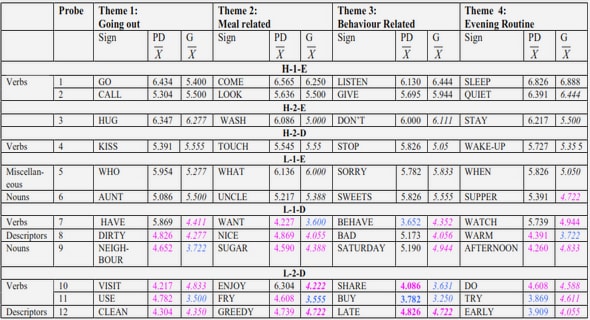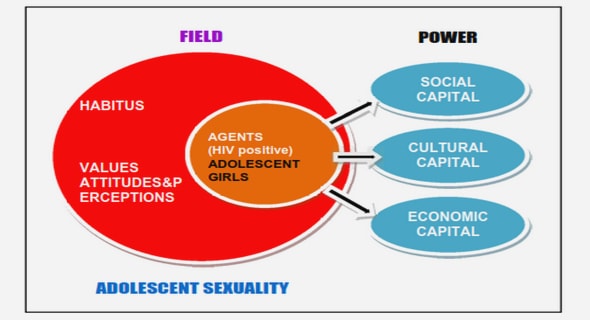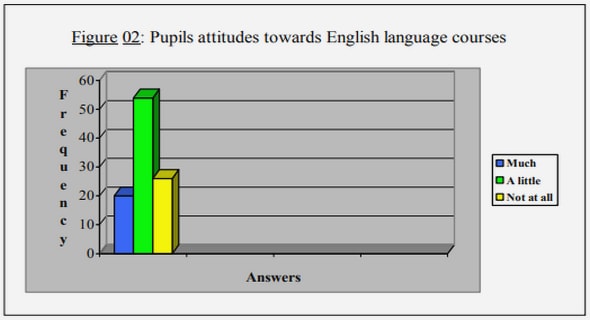Get Complete Project Material File(s) Now! »
Bound on the expectation of the killed martingale: the case E(a) < 0
We adapt the mainstream of the proof for the case E(a) > 0 given in the previous section, highlighting the details that have to be modified. In the discussion preceding Lemma 2.4.2, we noted that (y + x +Mn) 1{y>n} may not be positive. In the case E(a) < 0, we overcome this by introducing the exit time of the martingale (y + x +Mn)n>0: for any y 2 R, Ty = min{k > 1, y + x +Mk 6 0}. The importance of this new exit time is stressed by the fact that one can check that when E(a) < 0, the sequence ((y + x + Mn)1{y>n})n>0 is not a submartingale (as in Lemma 2.4.2 when E(a) > 0) but a supermartingale. Instead we prove that ((y + x + Mn)1{Ty>n})n>0 is a submartingale (see Lemma 2.4.6 below). This will play an important role in view of obtaining upper bounds. By Corollary 2.9.7 we have Px (Ty < +1) = 1 for any x 2 R. The main point is to show the integrability of y + x +MTy . Under the assumption E(a) < 0 we have y 6 Ty (see Lemma 2.4.6 below), which together with the integrability of y +x+MTy and the fact (|y + x +Mn|)n>0 is a submartingale, will allow us to prove in Section 2.5.2 that y + x +My is integrable.
Affine random walk in Rd conditioned to stay in a halfspace
Let d > 1 be an integer and (gn)n>1 = (An,Bn)n>1 be a sequence of i.i.d. random elements in GL(d,R)×Rd following the same distribution μ. Let (Xn)n>0 be the Markov chain on Rd defined by X0 = x 2 Rd, Xn+1 = An+1Xn + Bn+1, n > 1. Set Sn = Pnk =1 f (Xk), n > 1, where the function f(x) = hu, xi is the projection of the vector x 2 Rd on the direction defined by the vector u 2 Rd r {0}. For any y 2 R, consider the first time when the random walk (y + Sn)n>1 becomes non-positive: y = inf{k > 1 : y + Sk 6 0}.
Markov chains in compact sets under spectral gap assumptions
In this section we give sufficient conditions in order that a Markov chain with values in a compact set satisfy conditions M3.1-M3.5. Let (X, d) be a compact metric space and (Xn)n>0 be a Markov chain living in X.
Denote by P the transition probability of (Xn)n>0 and by C (X) the Banach algebra of the continuous complex functions on X endowed with the uniform norm |h|1 = sup x2X |h(x)| , h 2 C (X).
Consider a real function f defined on X, the transition operator P on C (X) associated to the transition probability of (Xn)n>0 and the unit function e defined on X by e(x) = 1, for any x 2 X. Hypothesis 3.3.8.
1. For any h 2 C (X), the function Ph is an element of C (X).
2. The operator P has a unique invariant probability .
Table of contents :
1 Introduction
1.1 Contexte
1.2 Présentation des objectifs
1.3 Résultats antérieurs
1.3.1 Le cas brownien
1.3.2 Le cas indépendant unidimensionnel
1.3.3 Les premiers modèles markoviens
1.3.4 Les processus de branchement en environnement aléatoire
1.4 Présentation des travaux de thèse
1.4.1 Les modèles markoviens considérés
1.4.2 Existence d’une fonction harmonique
1.4.3 Positivité de la fonction harmonique
1.4.4 Théorèmes limites pour des marches markoviennes
1.4.5 Théorème local pour des marches markoviennes finies
1.4.6 Processus de branchement en environnement markovien
1.5 Rappels sur les marches indépendantes
1.5.1 Démonstration du Théorème 1.5.1
1.5.2 Quelques lemmes d’analyse
2 Limit theorems for affine Markov walks conditioned to stay positive
2.1 Introduction
2.2 Notations and results
2.3 Martingale approximation
2.4 Bound on the expectation of the killed martingale
2.4.1 Preliminary results
2.4.2 Bound on the expectation of the killed martingale: the case E(a) > 0
2.4.3 Bound on the expectation of the killed martingale: the case E(a) < 0
2.5 Existence of the harmonic function
2.5.1 Existence of the harmonic function: the case E(a) > 0 .
2.5.2 Existence of the harmonic function: the case E(a) < 0
2.6 Asymptotic for the exit time
2.6.1 Auxiliary statements
2.6.2 Proof of the claim 2 of Theorem 2.2.2
2.6.3 Proof of the claim 1 of Theorem 2.2.2
2.6.4 Proof of Corollary 2.2.3
2.7 Asymptotic for conditioned Markov walk
2.8 The case of non-positive initial point
2.9 Appendix
2.9.1 Proof of the fact Condition 2.3bis implies Condition 2.3
2.9.2 Convergence of recursively bounded monotonic sequences .
2.9.3 Results on the Brownian case and strong approximation .
2.9.4 Finiteness of the exit times
3 Limit theorems for Markov walks conditioned to stay positive under a spectral gap assumption
3.1 Introduction
3.2 Main results
3.3 Applications
3.3.1 Affine random walk in Rd conditioned to stay in a half-space
3.3.2 Two components Markov chains in compact sets under the Doeblin Fortet condition
3.3.3 Markov chains in compact sets under spectral gap assumptions
3.4 Preliminary statements
3.4.1 Results for the Brownian motion
3.4.2 Strong approximation
3.5 Martingale approximation and related assertions
3.6 Integrability of the killed martingale
3.7 Existence and properties of the harmonic function
3.8 Positivity of the harmonic function
3.9 Asymptotic behaviour of the exit time
3.9.1 Preliminary results
3.9.2 Proof of Theorem 3.2.3
3.9.3 Proof of Theorem 3.2.4
3.10 Asymptotic behaviour of the conditioned walk
3.11 Appendix: proofs for affine random walks in Rd
3.12 Appendix: proofs for compact Markov chains
3.13 A Banach space for the product of matrices
3.13.1 Notations
3.13.2 The Banach space
3.13.3 Poof of M3.1
3.13.4 Proof of M3.2 and M3.3
3.13.5 Proof of M3.4
3.13.6 Proof of M3.5
3.13.7 Results
3.14 Asymptotic law of the couple (Xn, Sn)n>0 conditioned
4 Conditioned local limit theorems for random walks defined on finite Markov chains
4.1 Introduction
4.2 Notations and results
4.3 Properties of the dual Markov chain
4.4 The perturbed operator
4.5 A non asymptotic local limit theorem
4.6 Auxiliary bounds
4.7 Proof of Theorem 4.2.4
4.7.1 Control of E1
4.7.2 Control of E2
4.7.3 Proof of Theorem 4.2.4
4.8 Proof of Theorem 4.2.5
4.8.1 Preliminary results
4.8.2 Proof of Theorem 4.2.5
4.9 Proof of Theorems 4.2.7 and 4.2.8
4.9.1 Preliminaries results
4.9.2 Proof of Theorem 4.2.7
4.9.3 Proof of Theorem 4.2.8
4.10 Appendix
4.10.1 The non degeneracy of the Markov walk
4.10.2 Strong approximation
5 The survival probability of critical and subcritical branching processes in finite state space Markovian environment
5.1 Introduction
5.2 Notations and main results
5.3 Preliminary results on the Markov walk
5.3.1 The link between the branching process and the associated Markov walk
5.3.2 The dual Markov walk
5.3.3 Markov walks conditioned to stay positive
5.3.4 The change of measure related to the Markov walk
5.4 Proofs in the critical case
5.5 Proofs in the strongly subcritical case
5.6 Proofs in the intermediate subcritical case
5.7 Proofs in the weakly subcritical case .


